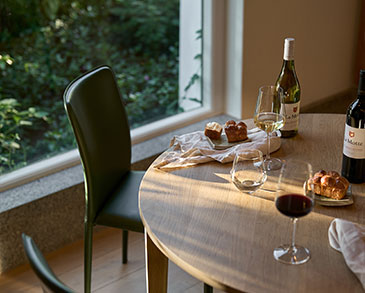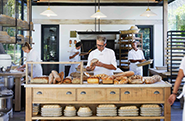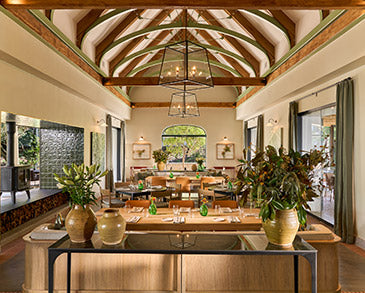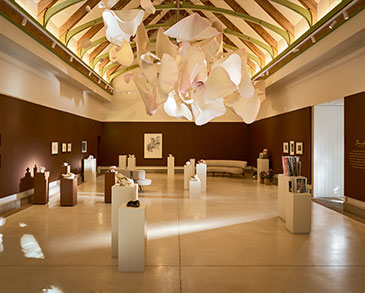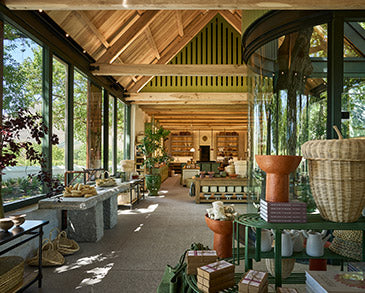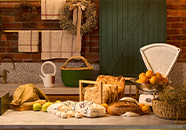
When you think about France, chances are that you'd think about the Paris skyline and the lavender fields of Provence, also about haute couture fashion, the beautiful window display of a pâtisserie or boulangerie, street side cafés and accordion music playing in the background while you sip on a glass of Rosé.
While some of these associations might be based on what we've seen in Amélie and Ratatouille, one truth about the French way of doing, is the care that goes into everything. Whether it is stitching a famous designer jacket, blending an acclaimed vintage, cooking in true French culinary tradition or perhaps just in selecting ingredients for your family meal.
And that is our focus as we celebrate our French heritage during July: the French attention to detail when it comes to even the simplest daily doings.
French cuisine is not all cordon bleu with dainty turned vegetables, trimmed cutlets and a delicate jus. Some traditional and popular French recipes are quite rustic. Boeuf Bourguignone, Coq au Vin, Cassoulet... they all sound so fancy to the non-French ear, but they are hearty stews quite similar to what is cooked in many homes across the globe. What makes them different, however, might just be the attention that goes into getting the most out of the basic ingredients that make up the dish.
Rather than adding a packet of flavouring, traditional French technique has you starting the recipe with a mirepoix - really just beautifully chopped carrots, celery and onion. A bouquet garni is only herbs, but in France it is what you have available in your garden, tied up in a little bouquet and added to the dish to be removed when ready to serve. Many of these fancy-sounding words like roux and julienne and chiffonade and sauté are just the French for techniques most of us use in our own kitchens all the time. These techniques are, however, also used by the world's greatest chefs.
Getting the basics right (from technique to choosing ingredients) is one of the corner stones of quality cooking - whether it is a rustic stew or a tasting plate with truffle or lobster. For this year's French celebrations, we decided to go back to the basics, add care to our cooking and make the most of some French staples.
We compiled a list of some of the real basic ingredients (from garlic to Dijon mustard, butter, baguette, shallots, eggs, potatoes, wine...) and asked some of our culinary friends to create beautiful dishes. Some are ambitious recipe shared by neighbouring Franschhoek chefs. Others are beautiful ideas for the passionate home cook from our favourite recipe developers and creative food and wine collaborators. Click on the links below to find a lovely repertoire of recipes for basic ingredients and La Motte wine combinations:
Trout and 2021 La Motte Vin de Joie Rosé
- Sam Linsell - Baked whole trout with lemon and dill
- Chef Nanda Cardosa - Smoked Trout with Horseradish Catalan
Eggs and 2018 La Motte Méthode Cap Classique
Potato and 2020 La Motte Chardonnay
- Bibby's Kitchen - Coq au Vin Hot Pot
- Chef Marcus Gericke - Chateaubriand with potato dauphinois and ratatouille
Meat and 2019 La Motte Millennium


